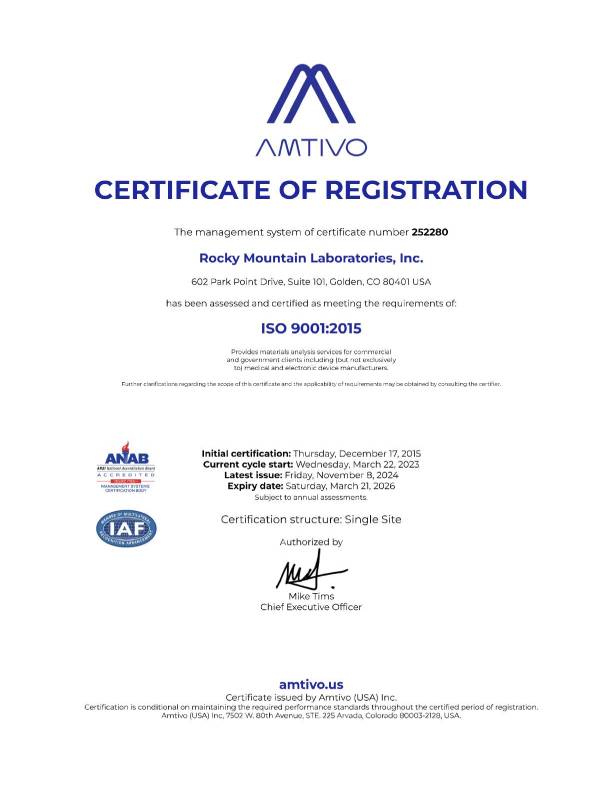FTIR (Fourier Transform Infrared) spectroscopy and UV (Ultraviolet) spectroscopy are two distinct techniques used to analyze the interaction of electromagnetic radiation with matter. Here are the key differences between FTIR and UV spectroscopy:
- Wavelength Range:
- FTIR: Operates in the infrared region of the electromagnetic spectrum, typically from around 2.5 to 25 micrometers (or 4000 to 400 cm⁻¹ in wavenumber).
- UV: Operates in the ultraviolet region, which ranges from about 10 nanometers to 400 nanometers.
- Type of Radiation:
- FTIR: Measures the absorption of infrared radiation by the sample, providing information about molecular vibrations and rotational transitions.
- UV: Measures the absorption of ultraviolet radiation by the sample, revealing information about electronic transitions.
- Nature of Information Obtained:
- FTIR: Provides information about the functional groups and molecular structure of a compound based on the vibrational modes of chemical bonds.
- UV: Provides information about electronic transitions, typically involving π electrons. It is often used to study conjugated systems and chromophores.
- Sample Types:
- FTIR: Suitable for a wide range of samples, including gases, liquids, and solids. Sample preparation often involves creating thin films or solutions.
- UV: Commonly used for liquid samples and solutions. It is particularly sensitive to chromophores and compounds with conjugated double bonds.
- Applications:
- FTIR: Widely used in various fields, including chemistry, biology, pharmaceuticals, and materials science, for identifying and characterizing organic and inorganic compounds.
- UV: Applied in the study of organic compounds, including determining the concentration of analytes in solution, studying kinetics, and characterizing chromophores.
- Instrumentation:
- FTIR: Employs an interferometer to measure the interference pattern of infrared light, which is then Fourier-transformed to obtain the spectrum.
- UV: Utilizes a monochromator or a grating to isolate specific wavelengths of ultraviolet light for analysis.
- Quantitative Analysis:
- FTIR: Commonly used for both qualitative and quantitative analysis, especially in determining concentrations of specific functional groups.
- UV: Widely employed for quantitative analysis, particularly in pharmaceutical and biochemical applications.
In summary, FTIR and UV spectroscopy are complementary techniques that provide information about different aspects of a sample’s molecular structure and composition. FTIR focuses on vibrational transitions in the infrared region, while UV spectroscopy probes electronic transitions in the ultraviolet region. The choice between these techniques depends on the nature of the sample and the specific information required for analysis.



